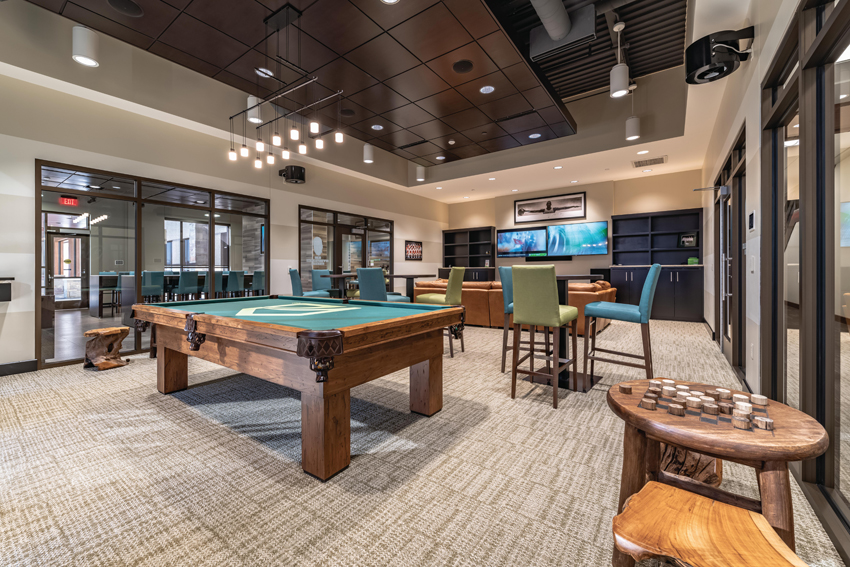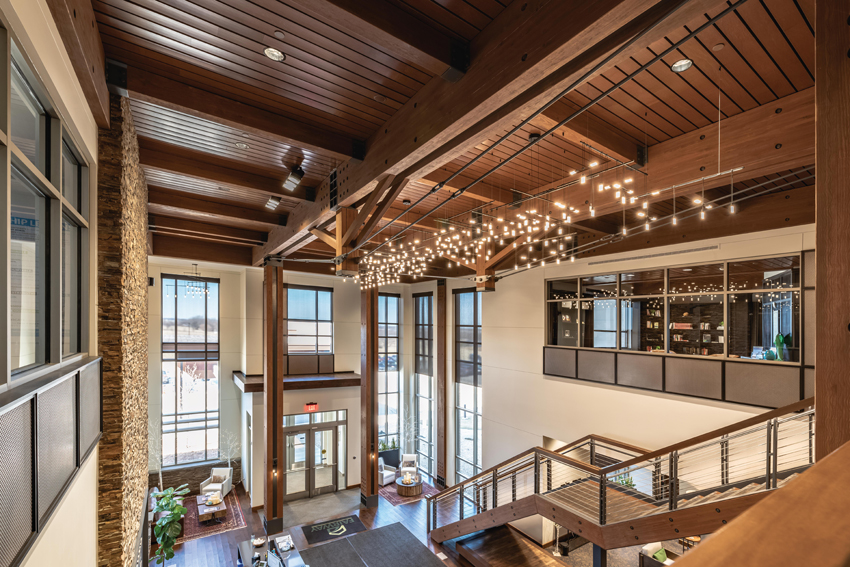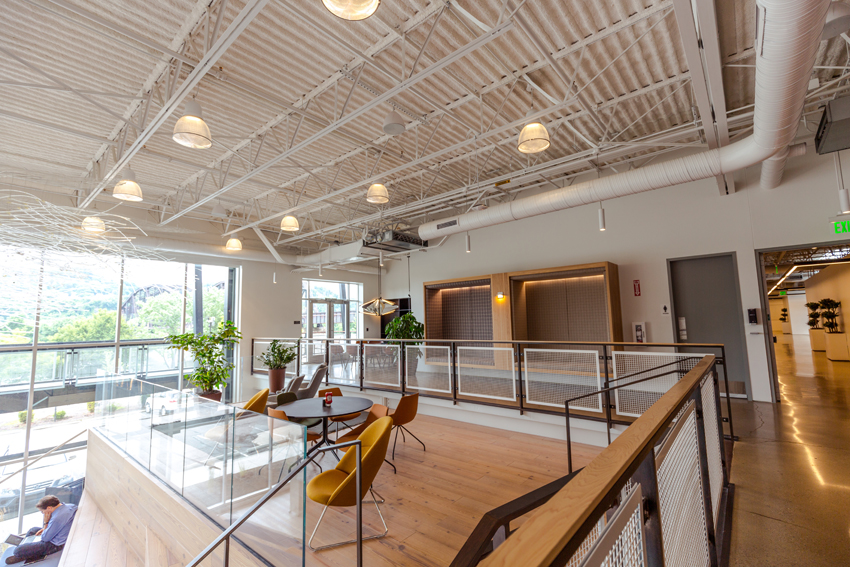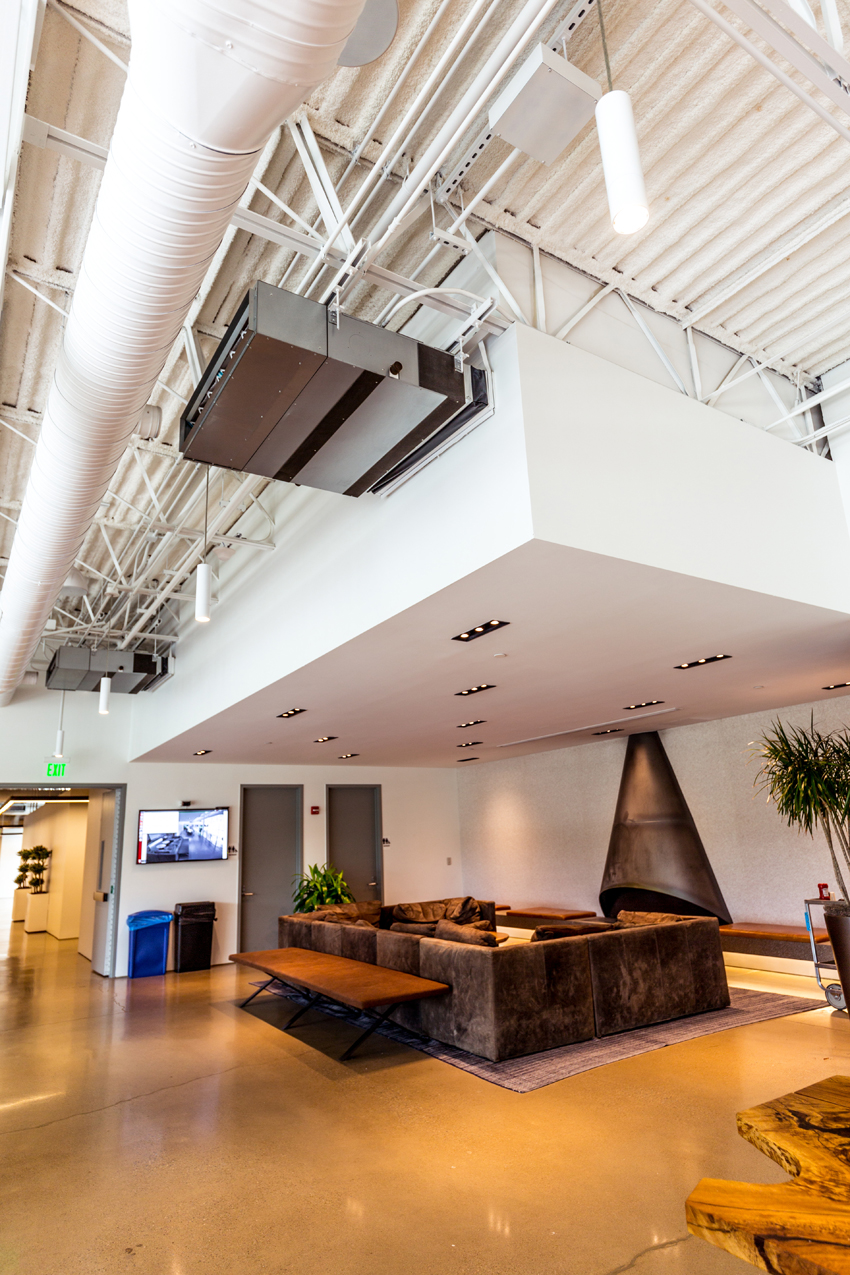Strategic Electrification, Decarbonization, and the Role of Advanced Heat Pump Technology
State and Local Building Codes
State and local building codes may also present opportunities to implement and promote heat pump technology. A major issue, however, is that state and local codes are not permitted to require minimum efficiencies below the minimum federal standard, which is also capable of overriding the International Energy Conservation Code (IECC). According to the Vermont Energy Investment Corporation (VEIC), a non-profit dedicated to reducing the economic and environmental costs of energy use, studies show that up to 80 percent of residential energy consumption can be attributed to products that only have to meet minimum federal standards. These products, which are outside the purview of local building energy codes, include HVAC and water-heating equipment. VEIC concludes that, “the inability for building energy codes to prescribe high-efficiency mechanical equipment makes it difficult to encourage high-efficiency or zero energy building practices through the prescriptive compliance path of the IECC, as well as inclusion of high-efficiency electric heating and hot water systems such as ASHPs.”
VEIC offers alternative solutions, such as creating local amendments to the IECC, which include the following: “limiting compliance options to a performance-based path, granting builders more control; developing prescriptive paths, including options for higher mechanical efficiencies; and adding a high-efficiencies ‘options’ package from which builders must choose a minimum number of additional efficiency requirements.”23
The Energy Efficiency of VRF Advance Heating Technology
Greener grids and the wider use of renewable energy sources make electrification key to achieving decarbonization goals. Both residential and commercial architects can contribute to the electrification of the built environment by incorporating highly efficient, variable capacity HVAC systems into their designs.

On the interior of this building, VRF was ideal because the ventilation shafts are minimal, the small horizontal duct work maximizes the available ceiling height, and the VRF equip-ment is easily hidden above ceilings.

Fairway Independent Mortgage wanted an energy-efficient HVAC system to provide distributed comfort and zoning to a large office building.
Variable refrigerant flow (VRF) zoning technology has been used since the 1980s. Architects have favored VRF systems for many reasons, among them longer line lengths for more flexible design and more affordable cold-climate heating. VRF for commercial applications was introduced to the U.S. market in 2003. Since then, there have been major improvements in heating capabilities, space savings, and ease of retrofitting into buildings that were not originally designed to have air-conditioning. Advances have also been made in the performance of the inverter-driven compressor, including improved energy efficiencies and reduced operational noise.
VRF systems are engineered to use only the precise amount of energy needed to heat or cool a commercial building. As manufacturers innovate, the amperage required by VRF systems continues to fall making VRF ideal for office buildings, hotels, and educational facilities, among other applications, that utilize renewable energy.
Benefits of VRF Zoning Technology
VRF achieves comfort success by dividing a building’s interior into zones, each of which can be conditioned separately. The system’s total capacity, in this case, would be distributed to each indoor unit via a branch circuit controller, resulting in greater comfort control for the occupant. For VRF systems with heat recovery, one zone can be cooled while another is simultaneously heated using the rejected heat energy.
As opposed to VRF, traditional HVAC systems are large with outdoor units requiring ample square footage on rooftops or grounds, and indoor units and ductwork consuming space in ceilings and plenums. The other main challenge in designing an HVAC system for comfort is acoustics. Traditional systems tend to have loud outdoor units, noisy indoor units, and a vibrating structure that are all problematic. VRF systems, on the other hand, optimizes square footage, acoustics, and budget while offering energy-efficient technology that provides comfort.
The use of VRF technology provides a building’s occupants with personalized comfort control, permits energy and operational savings to a building owner, and delivers a flexible solution to the architect, engineer, and contractor during the design and installation process. VRF allows for a more spacious, modern feel, lower construction costs due to the possibility of designing shorter buildings, more natural light, and better indoor environment due to bigger windows and the option to add an additional floor for more leasable space.
By incorporating modern sensing technologies for temperature, humidity, occupancy, and more, energy efficiency is further increased. In general, and depending on the baseline comparative system, VRF systems consistently perform at 25 percent higher efficiency than conventional HVAC systems.
VRF Heat Pumps with Advanced Heating Technology (Hyper Heating)
Until recently, some specifiers in northern regions felt obligated to select a gas-powered furnace or electric resistance for their heating system due to air-source heat pump derating at sub-freezing temperatures. Today, air-source VRF systems use advanced hyper-heating technology in the compressor to offer unprecedented levels of capacity and efficiency at low outdoor ambient temperatures.

At UBER Advanced Technologies Group in Pittsburgh, VRF technology provided an energy-efficient, comfortable office building with ventilation and HVAC tied in to one con-trols interface.
This creates opportunities to replace fossil-fuel burning equipment and implement strategic electrification in more regions than before.
As outdoor temperatures drop below freezing, traditional heat pumps struggle to extract heat from ambient air as the flow of refrigerant circulating through the system drops. Advanced hyper-heating technology solves this problem with the addition of a flash-injection circuit. The system injects a portion of the refrigerant into the compressor at a lower temperature than normal, reducing the temperature inside the compression chamber. With the compressor running at higher speeds than normal, the system can maintain its heating capacity despite colder outdoor temperatures.
As a result, VRF heat pumps can function at 100 percent capacity at 0 degrees Fahrenheit and 85 percent capacity at minus 13 degrees Fahrenheit. In the case of VRF systems with heat-recovery and flash-injection technology, simultaneous cooling and heating is generally available down to minus 4 degrees Fahrenheit (instead of the 14 degrees Fahrenheit associated with most manufacturers’ standard version of VRF).
Benefits of VRF Heat Pumps
VRF systems are up to 40 percent more energy-efficient than conventional HVAC equipment. Most of these savings occur during partial load conditions as VRF systems continually adjust capacity and energy consumption to precisely match each zone’s load. By contrast, conventional, fixed-capacity HVAC systems run at full power or are off. Writing for The Construction Specifier, Cain White, director of commercial product management at Mitsubishi Electric Trane HVAC US, notes, “In the United States, a zone exhibits partial-load conditions more than 90 percent of the time.”25

VRF technology keeps tenants comfortable and free from distraction with noninvasive installation options and whisper-quiet operating sound levels.
VRF systems have the full-range variable capacity to deliver only the amount of conditioning required to match a zone’s cooling or heating demand. Integrated controls and sensors measure loads for each zone, and the compressor seamlessly adjusts speeds to maintain the desired zone temperature. Low-profile ducted or ductless designs typically increases energy efficiency about 25 percent over conventional ducted systems, partly due to the energy lost by forcing air through ductwork.
Efficiency Ratings
VRF technology can also help facilities meet sustainability certifications and accolades such as Green Globes and LEED requirements, as well as achieve the highest Integrated Energy Efficiency Ratio (IEER) ratings. IEER ratings allow for different systems to be compared to one another, regardless of the season, as long as the environmental conditions are the same.26 A typical VRF system with advanced heating technology will perform with an IEER rating of up to 16.8; VRF systems with heat recovery and advanced heating technology will see even higher IEER ratings—up to 18.4. The higher the IEER rating, the more energy-efficient the system.
Overall, as electrification becomes increasingly more common in buildings across the United States, end use technologies have the ability to utilize electricity—and the grid—more efficiently.
Implementing Strategic Electrification: A Detailed Look At New York
New York, California, and New England and many other areas around the United States are all making strides toward strategic electrification. New York Governor Andrew M. Cuomo’s Green New Deal, for example, calls for 100 percent clean power by 2040, which would ultimately lead to carbon neutrality across all sectors. Governor Cuomo’s Green New Deal is, in part, a response to the Intergovernmental Panel on Climate Change and the U.S. Global Change Research Project’s Fourth National Climate Assessment. The panel determined that over the past 115 years (1901–2016), global temperatures have risen by approximately 1.8 degrees Fahrenheit on average. The rise in temperatures, which is expected to continue to increase, has been attributed primarily to “human activities, especially emissions of greenhouse gases.”27
New York’s response to this report is one of the most aggressive clean energy agendas in the nation. To achieve the 2040 goal, the Green New Deal stipulates the following:
- 6,000 MW of solar by 2025
- 70 percent renewable electricity by 2030
- 9,000 MW of offshore wind by 2035
- Carbon-free electricity by 204028









